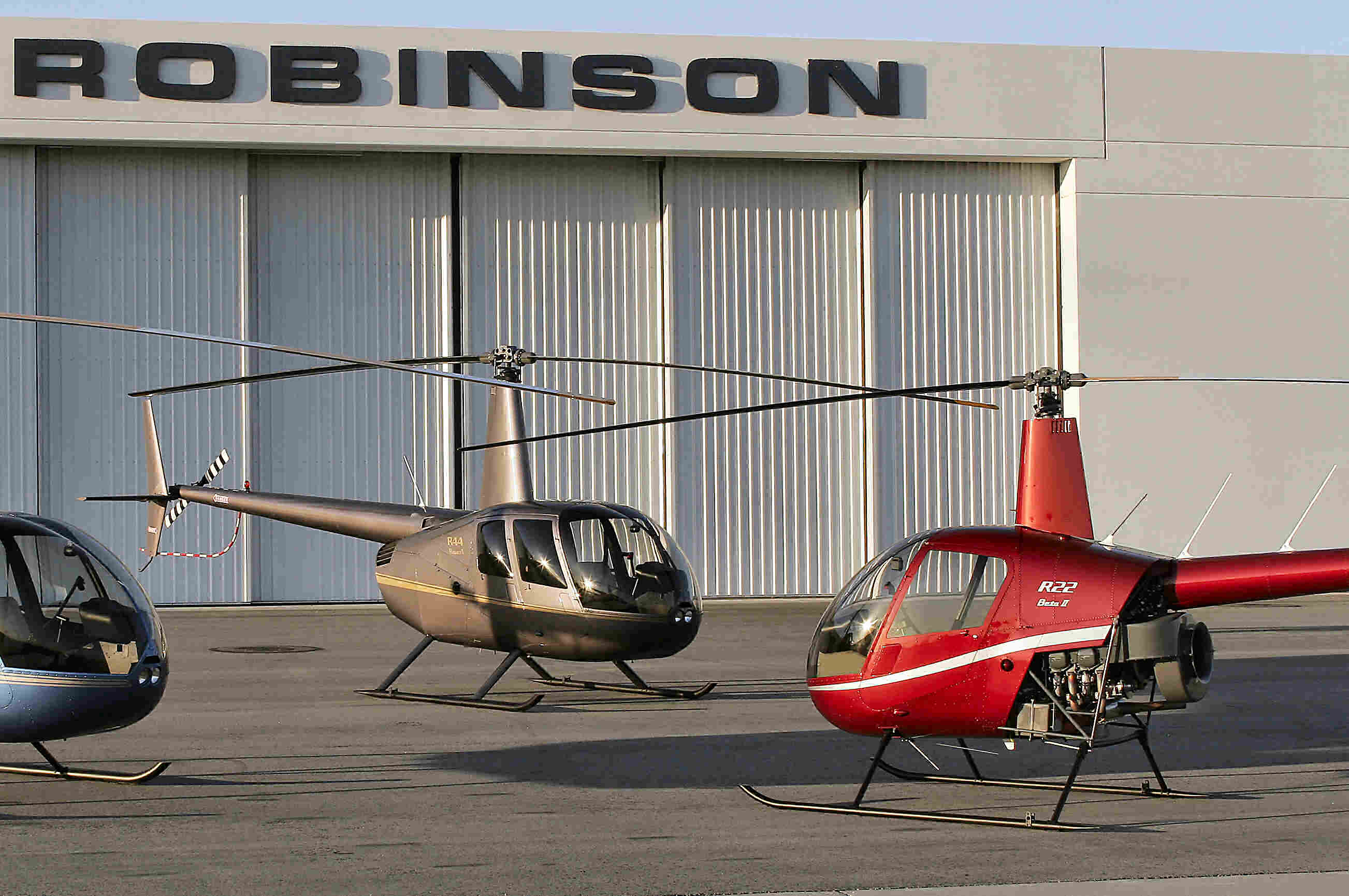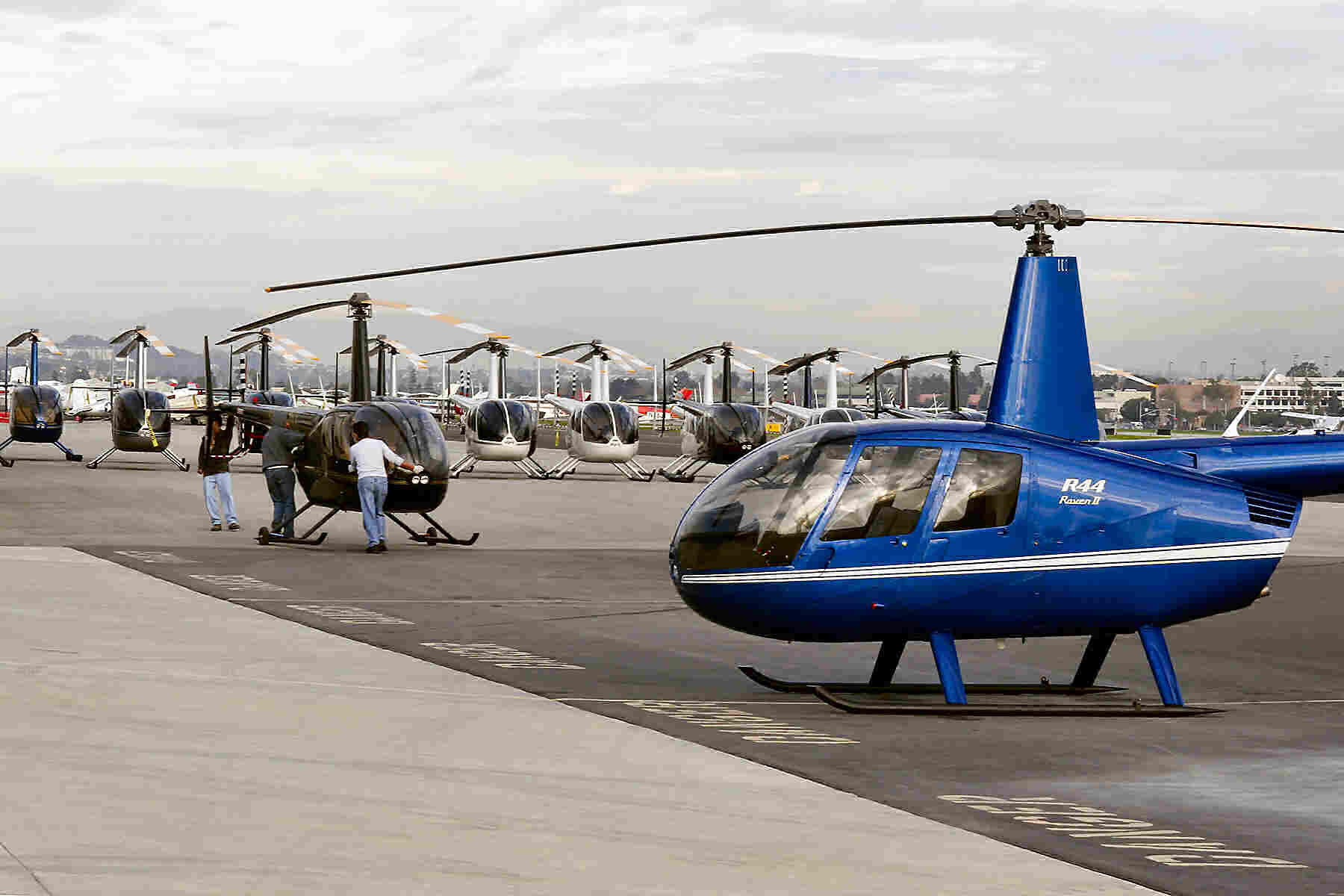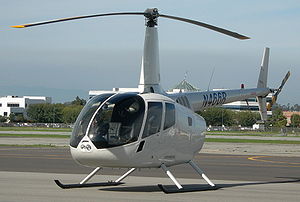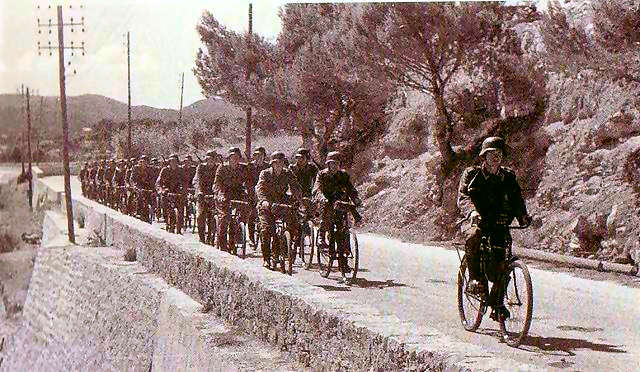|
Radschool Association Magazine - Vol 29 Page 15 |
|
Privacy Policy | Editorial Policy | Join the Association | List of Members | Contact us | Index | Print this page |
|
|
|
Coffs Harbour reunion.
A bunch of ex RTFV/35Sqn blokes, under the command of the very capable Stew Bonet, recently held a reunion at Coffs Harbour to celebrate the 45th anniversary of the Squadron’s formation.
In the 1960s, the decision was made to replace the Dakota DC3 with the de Havilland Caribou and in July 1964, three aircraft on ferry to Australia from Canada were diverted from Butterworth, Malaysia, to deploy with the increasing Australian involvement in South Vietnam. The RAAF Transport Flight Vietnam (RTFV) was formed on 20 July, 1964 and these three aircraft were flown to Vung Tau, Vietnam, to be joined by a further three in August. In 1965 a seventh aircraft was added and on the 1st June 1966, RTFV became No 35 Squadron. |
|
|
|
A bunch of blokes got together recently to celebrate the anniversary. Ted Mac, who came over from the West, was one of them and he sent us the above photo. |
|
Standing L-R: Brian "Masta" Bates, Hugh "Hughie" McCormick, Phil Koy, Brian "Bob" Dyer, Wayne "Ollie" Oldfield, Wally Little, Dick Salter, Terry "Rabbit" Collier Kneeling L-R: Ted McEvoy, John Webster, Pete St John |
|
A man is cupping his hand to scoop water from a highland creek somewhere
in Scotland. |
|
16 RMC.
Dave Marr has just returned home after another six months touring Australia with wife and bike and he managed to catch up with some old RAAF mates on the way. First was Brian Lees, who lives in Cobbity, which is a bit west of Campbelltown in NSW. Brian and Dave were Rad Mech A's in Butterworth in 1961-62, Brian in 2 Sqn. and Dave on Sabres. They were next together in 11 Sqn. at Richmond where Brian did Dave the honour of being his best man when Bina decided to make an honest man of him, (a service which Dave was happy to return a little later when Brian married Pam). They both took a discharge in 1966 and went into computers and have remained firm friends since those early days.
Brian had seen a request in the magazine from Gordon Timperley, re. 16 RMC from Ballarat days. Brian was on 16 RMC and has sent us a copy of a photo of the course (below). Brian was a room mate of Gordon’s in Butterworth, as was Ed Berry, another mate Dave caught up with; in Townsville. Ed Berry and Dave were together on 23 RMC in Ballarat. On passing out, they were both lucky enough to be posted to Butterworth. After marking time for 2 months in pool at Ballarat (great fun), they were ordered to board the good ship "MV Neptunia" and sail to Singapore. |
|
16 RMC
|
|
|
|
Back Row L-R: Gordon Timperley, ???, ???, R. Furnance, ??? Front Row L-R: W. King, Brian Lees, ???, . ???, Neville Low, ???.
|
|
Dave says that was a trip to remember…..two, unsupervised, lonely erks, all alone on a great big cruise liner. What to do with themselves? All they had on board were about 15 bars, a deluxe dining room, restaurants, movies, a swimming pool and "G-I-R-L-S". Lots and lots of lonely "G-I-R-L-S". Of course, being thorough gentlemen (RAAF trained) they paid them no heed and kept themselves pure – and if you believe that, you’ll believe anything!!!.
Dave says there are a lot of stories from the Malayan adventure, but they must wait for a later recounting. He and Ed were next together on 17 RTC in 1962-63, after Radschool had moved down to Laverton. On completion of the course, Ed applied for a Queensland posting and Dave applied for NSW, as these were their home states. Naturally, Ed got Richmond and Dave got Amberley. I bet that surprises no-one! They swapped postings.
That was 49 years ago and the last time they saw each other. They met again early in June while Dave and Bina and Bike were in Townsville. Dave says it was great to catch up with Ed again and to meet his lovely wife of many years Lavinia.
|
|
The Olympics – an event where people from all the nations on earth get together every four years to sweat!
|
|
Dave says another mate he caught up with, after 45 years, was the (in)famous, Ed (Ted) McEvoy, in Perth. Ted came to Richmond after Dave had been posted to 36 Sqn. and had settled in as a “bagger”, living the life of a pauper. (He says he might publish a copy of his weekly budget from back then, which he still has – as looking back at it, it still amazes him that they managed to exist and have a good time on such a small amount of money). To relieve the stress of everyday life, Bina and he would occasionally throw a "kneesup" at their flat in Penrith. Owing to the lack of funds, attendee's would contribute 2/6d. (25 cents) per person for provisions and Bina would knock up a bloody great pot of "Chow Mien" or some such, to go with the "Rooty Hill Rough Rouge" (a drop to remember)!
Dave took his discharge from Richmond in 1965 and that was the last he saw or heard of Ted Mac until last year he found him and his great column in the RadSchool Association Magazine. Dave said he and Bina had a great time with Ted in Perth earlier this year.
Dave says he is now looking forward to a get-together with another old mate from Richmond days, Lucky Watson, who lives in Maleny, Qld, just west of the Sunshine Coast. “Lucky” was the F/Sgt at 36 Sqn. radio when Dave was there.
|
|
Love is only a light switch away! – anon.
|
|
Credit cards.
Be sure and cancel your credit cards before (after??) you die! This is supposedly a true story and it’s so easy to see it happening, customer service being what it is today!
A lady died this past January and an Australian bank billed her for February for their annual service charge on her credit card, and when she didn’t pay they added late fees and interest on the monthly charge The balance in January had been $0.00, now it was somewhere around $60.00. A family member placed a call to the Bank:
Family Member: 'I am calling to tell you that my aunty died in January.' Bank: 'The account was never closed and the late fees and charges still apply.' Family Member: 'Maybe, you should turn it over to collections.' Bank: 'Since it is now two months past due, it already has been.' Family Member: So, what will they do when they find out she is dead?' Bank: 'Either report her account to the fraud’s division or report her to the credit bureau, maybe both!' Family Member: 'Do you think God will be mad at her?' Bank: 'Excuse me?' Family Member: 'Did you just get what I was telling you . . . The part about her being dead?' Bank: 'Sir, you'll have to speak to my supervisor.'
Bank Supervisor gets on the phone:
Family Member: 'I'm calling to tell you, my aunty died in January.' Bank: 'The account was never closed and the late fees and charges still apply.' Family Member: 'You mean you want to collect from her estate?' Bank: (Stammer) 'Are you her lawyer?' Family Member: 'No, I'm her great nephew.' (Lawyer info given) Bank: 'Could you fax us a certificate of death?' Family Member: 'Sure.' (fax number is given) Bank, after they get the fax: 'Our system just isn't set up for death. I don't know what more I can do to help’ Family Member: 'Well, if you figure it out, great! If not, you could just keep billing her. I don't think she will care.' Bank: 'Well, the late fees and charges do still apply.' Family Member: 'Would you like her new billing address?' Bank: 'That might help.' Family Member: ' Rookwood Memorial Cemetery, 1249 Centenary Rd, Sydney Plot Number 1049.' Bank: 'Sir, that's a cemetery!' Family Member: 'Well, what the hell do you do with dead people on your planet?' |
|
Robinson Helicopters.
Over the past 30 or so years, one success story that has come from the aviation business surely has to be Robinson Helicopters.
Founded in 1973 by Frank Robinson, the company currently produces more helicopters annually than all of the other North American manufactures combined. The organization has a global network of more than 110 factory authorized dealers and 290 service centres in 50 countries, including China and Russia.
Robinson was born during the Depression in a small town in Washington State in the US and worked his way through college aiming his education specifically at helicopter design. He received his degree from the University of Washington in 1957 and followed that with graduate work in aeronautical engineering at the University of Wichita.
He began his career in 1957 at Cessna Aircraft Company working on the CH-1 Skyhook four-place helicopter. After Cessna, he spent some years working on gyroplane design and on inexpensive rotorcraft then drifted to Bell where he spent another couple of years on tail rotor design. In 1969, he moved to Hughes Helicopter Company to work on a variety of R&D projects, including a new tail rotor for the Hughes 500 helicopter and worked on the “quiet helicopter” program.
Unable to
interest any of his employers in his own concept for a small, low-cost
helicopter, Robinson resigned from Hughes in 1973 and founded Robinson
Helicopter Company (RHC). RHC’s first business address was Robinson’s home
where the two-seat R22 helicopter was designed. The first R22 prototype
was built in a tin hangar and Robinson himself flew it on its first flight
in August 1975. After years of testing and technical analysis, the R22
received its FAA Type Certificate in 1979. The first production R22 was
delivered in late 1979, and it soon became the world’s top selling civil
helicopter. In addition, it holds most world records in its weight class
including speed and altitude.
In the mid-1980s, Robinson and his staff of engineers began development of the four-seat R44 helicopter, which he flew on its first flight in March of 1990. FAA certification was received in late 1992 and production deliveries began in 1993. By early 2007, more than 3,000 R44 helicopters had been delivered to over 70 countries, with the R44 becoming even more popular than the two-seat R22. Since 1987, RHC has produced more civil helicopters than any other manufacturer. As President and Chairman of RHC, Robinson oversees a staff of approximately 1,200 production and management employees.
Robinson Helicopter Company is now centred in California and to date has produced over 5,400 helicopters and is currently the world’s leading producer of civil helicopters. The company is known worldwide for their high performance, reliable helicopters. The two-seat Model R22 has the lowest acquisition and operating costs of any production helicopter. It holds every world record in its weight class, including speed, altitude and distance. The four-seat Model R44, with a fast 130 mph cruise speed and hydraulic controls, has the same performance and handling characteristics that expensive turbine helicopters have, but at one-third the cost. The R44 has been the world’s top-selling helicopter for the past four years.
Robinson is an experienced helicopter pilot and remains active in his company and continues to refine the R22 and R44 to enhance performance and reduce maintenance requirements. Recent improvements include the more powerful, fuel-injected R44 Raven II. Today, Robinson oversees the company’s development of its first turbine helicopter, the five-place R66. The R66 made its first flight on 07 November 2007, and is currently undergoing FAA type certification.
Bell Helicopter, at one time, made more helicopters than any other company in the world, primarily on the strength of its B206 JetRanger. When Robinson introduced the two-seat R22, it was noteworthy for being very fast while offering the lowest operating costs of any other helicopter. Back then Bell said "We don't have to worry about this cutting into JetRanger sales; he will never make a four or five-seat helicopter." Robinson introduced the four-seat R44 in the early 1990s and the R44 came very close to a lot of JetRanger numbers in terms of payload and cruise speed, at a cost of one quarter that of the JetRanger and an operating cost of less than half. And, by limiting the power drawn from the piston engine, the power plant/transmission reliability of the R44 has been very close to that of small turbine-powered helicopters.
Faced with a decline in JetRanger sales due to the R44, Bell said "We don't have to worry because there are some customers who demand a jet engine and there are some customers who need five total seats. Robinson will never make a jet-powered or five-seat helicopter."
In March 2007, Frank Robinson announced the Robinson R66, a jet-powered five-seat helicopter. In January 2008, Bell Helicopter announced that it was ceasing production of the JetRanger.
The R66 is unlikely to be inherently safer or offer more powerplant/transmission reliability than the R44. Although turbine engines have a reputation for extreme reliability, physically small turbines, such as those that go into low-power helicopter engines, are subject to a lot of thermal stress and are not nearly as reliable as the turbines in (say) an Airbus. Piston engines have a reputation for unreliability, but that was earned when the engines were operated at 100 percent power. The R44 is a demonstration of the most reliability that you could ever get from a piston engine; the Robinson R66 and similar light turbine helicopters demonstrate the least reliability that you could ever get from a turbine engine, especially when you factor in the need for a very sophisticated transmission (turbines spin at up to 50,000 RPM; helicopter rotors spin at around 400 RPM).
|
|
1940 Tour de France. |
|
|
|
|
|
Two blokes from Queensland are driving down the Geelong Highway when they get pulled over by a highway patrol copper. The copper walks up, taps on the window with his walkie talkie, the driver rolls down the window, and the copper smacks him in the head with the radio. The driver says, "Blazes, what did you do that for?
The copper says, "You're in Victoria now son. When I pull you over, you have your license ready." The driver says, "I'm sorry, officer, I'm not from around here." The copper runs a check on the bloke's license, and he's clean. He gives the license back and walks around to the passenger side and taps on the window.
The passenger rolls his window down and the copper immediately whacks him with the radio. The passenger says, "Bloody Hell!! - What'd you do that for?" The cop says,” Just making your wishes come true mate." The passenger says, "Huh?"
The cop says, "I know that two miles down the road you're gonna say, 'I wish that bastard would've tried that with me.'"
|
|
Back Go to page: 1 2 3 4 5 6 7 8 9 10 11 12 13 14 15 16 17 18 19 20 Forward |





